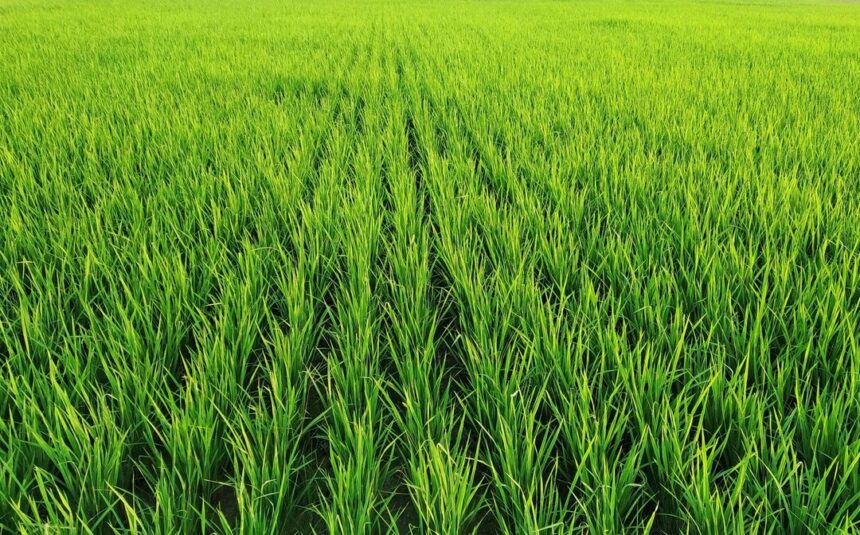Sugarcane, a vital crop for the production of sugar, biofuels, and various other products, thrives in the favorable climates of South America. As global demand for sugar continues to rise, sugarcane producers in South America are under pressure to enhance both the quality and yield of their crops while maintaining sustainability and profitability. Employing effective techniques and practices can play a pivotal role in achieving these goals and ensuring the long-term success of the sugarcane industry. Here are several techniques for enhancing quality and yield in South America for sugarcane production:
- Optimized Soil Management:
Implementing soil management practices tailored to the specific needs of sugarcane can significantly impact crop quality and yield. This includes soil testing to assess nutrient levels and pH, followed by targeted fertilization and soil amendment strategies to optimize soil health and fertility. Improving soil structure and drainage can also enhance root development and nutrient uptake, leading to healthier and more productive sugarcane crops. - Precision Agriculture Technologies:
Leveraging precision agriculture technologies such as GPS-guided machinery, remote sensing, and soil moisture sensors can help optimize resource use and improve efficiency in sugarcane production. By precisely targeting inputs such as water, fertilizer, and pesticides, growers can maximize yields while minimizing environmental impact and input costs. - Improved Varietal Selection:
Selecting high-yielding and disease-resistant sugarcane varieties adapted to the local climate and soil conditions is essential for maximizing productivity and quality. Investing in research and development to identify and breed superior sugarcane varieties can lead to significant improvements in yield potential, disease tolerance, and sugar content. - Integrated Pest and Disease Management:
Implementing integrated pest and disease management (IPM) strategies can help minimize yield losses due to insect pests, diseases, and weeds. This includes monitoring pest populations, implementing cultural practices to reduce pest pressure, and using biological control agents and selective pesticides judiciously. By adopting IPM approaches, growers can protect crop health and productivity while reducing reliance on chemical inputs. - Water Management Practices:
Efficient water management is crucial for optimizing sugarcane growth and yield, especially in regions prone to water scarcity or irregular rainfall patterns. Employing irrigation technologies such as drip or micro-sprinkler systems, scheduling irrigation based on crop needs, and implementing water conservation practices can help ensure adequate moisture levels for optimal sugarcane development while minimizing water usage and runoff. - Mechanization and Labor Efficiency:
Embracing mechanization and labor-saving technologies can enhance efficiency and productivity in sugarcane cultivation and harvesting operations. From mechanized planting and harvesting equipment to automated irrigation and fertigation systems, investing in modern agricultural machinery can streamline production processes and reduce labor costs, ultimately improving overall yield and profitability. - Post-Harvest Handling and Processing:
Ensuring proper post-harvest handling and processing practices is essential for preserving sugarcane quality and maximizing sugar recovery. Prompt transportation of harvested sugarcane to the mill, efficient extraction of juice, and timely processing to prevent deterioration are critical steps in maintaining sugar content and quality. Investing in modern milling and processing technologies can also improve sugar extraction rates and product purity. - Crop Rotation and Diversification:
Implementing crop rotation and diversification strategies can help break pest and disease cycles, improve soil health, and sustainably manage land resources. Rotating sugarcane with other crops such as legumes or cover crops can replenish soil nutrients, reduce weed pressure, and enhance overall soil structure and fertility, leading to higher yields and improved crop quality over time. - Investment in Research and Innovation:
Continued investment in research and innovation is essential for driving advancements in sugarcane cultivation, genetics, and processing. Collaborating with agricultural research institutions and industry partners can help identify new technologies and best practices for improving sugarcane quality, yield, and resilience to environmental stresses. - Training and Education Programs:
Providing training and education programs to sugarcane growers and farm workers can enhance their skills and knowledge in best management practices, crop nutrition, pest and disease identification, and safety protocols. Extension services, farmer field schools, and vocational training programs can empower sugarcane stakeholders with the tools and information needed to optimize production practices and achieve sustainable yields.
In conclusion, enhancing quality and yield in South America for sugarcane production requires a comprehensive approach that integrates soil management, varietal selection, pest and disease management, water management, mechanization, post-harvest handling, research, and education. By implementing these techniques and practices, sugarcane producers can increase productivity, improve crop quality, and ensure the long-term sustainability and profitability of the sugarcane industry in South America.
Join 'Farmers Mag' WhatsApp Channel
Get the latest Farming news and tips delivered straight to your WhatsApp
CLICK HERE TO JOIN






